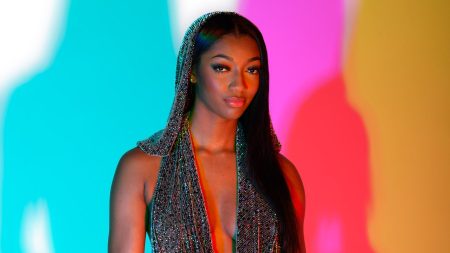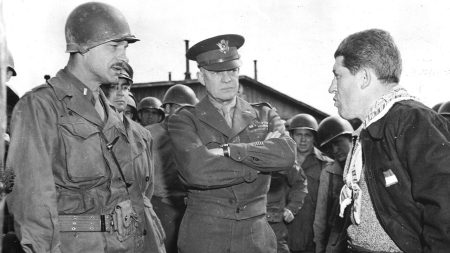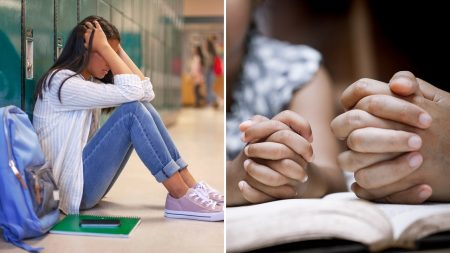The 1930s Hollywood fashion scene is iconic, with memorable costumes worn by stars like Greta Garbo, Marlene Dietrich, and Joan Crawford. In particular, the white organdy gown with ruffled sleeves worn by Joan Crawford in Letty Lynton became a sensation, inspiring girls across the country to emulate the look. These glamorous and stylish ensembles reflected the opulence and allure of the era, showcasing the influence of Hollywood on mainstream fashion trends.
The 1930s marked a shift towards more technologically advanced fabrics in fashion, with rayon and nylon gaining popularity as silk alternatives. Rayon, a cellulose-based fiber, revolutionized the industry by offering a more affordable and durable material for clothing production. Nylon, known as artificial silk, also became a popular choice for silk stockings, further democratizing fashion and making luxury items more accessible to a wider audience. Additionally, zippers were introduced into high fashion, providing a smooth and efficient fastening option for garments.
Surrealism emerged as a prominent style in 1930s fashion, with artists like Salvador Dalí collaborating with designers such as Elsa Schiaparelli to create avant-garde and whimsical designs. Dalí’s iconic Tears dress pattern for Schiaparelli showcased the surrealism trend in fashion, with imaginative and unconventional elements. Other notable collaborations included Christian Bérard and Jean Cocteau, who added a playful and unexpected touch to the era’s fashion through their innovative designs.
Fashion photography became increasingly popular in the 1930s, showcasing the intricate details and luxurious fabrics of the era’s garments. Vogue, known for its elegant and trendsetting covers, embraced photography as a medium to capture the essence of 1930s fashion. Black-and-white photography, in particular, highlighted the beauty and sophistication of the clothing, providing a visual record of the era’s styles that illustrations could not fully convey. The rise of fashion photography mirrored the growing influence of photography as an art form and as a means of documenting cultural trends.
Overall, the 1930s fashion scene was a vibrant and innovative period marked by technological advancements, artistic collaborations, and a shift towards more glamorous and luxurious styles. Hollywood played a significant role in shaping mainstream fashion trends, with iconic costumes worn by stars like Joan Crawford and Marlene Dietrich influencing the clothing choices of women across the country. The era’s embrace of new fabrics like rayon and nylon, as well as the incorporation of zippers into high fashion, reflected a desire for innovation and accessibility in the industry. Surrealism brought a touch of whimsy and creativity to fashion, with artists like Salvador Dalí leaving their mark on the era’s avant-garde designs. Fashion photography emerged as a powerful medium for capturing the elegance and sophistication of 1930s fashion, providing a visual record of the era’s enduring influence on style and culture.















